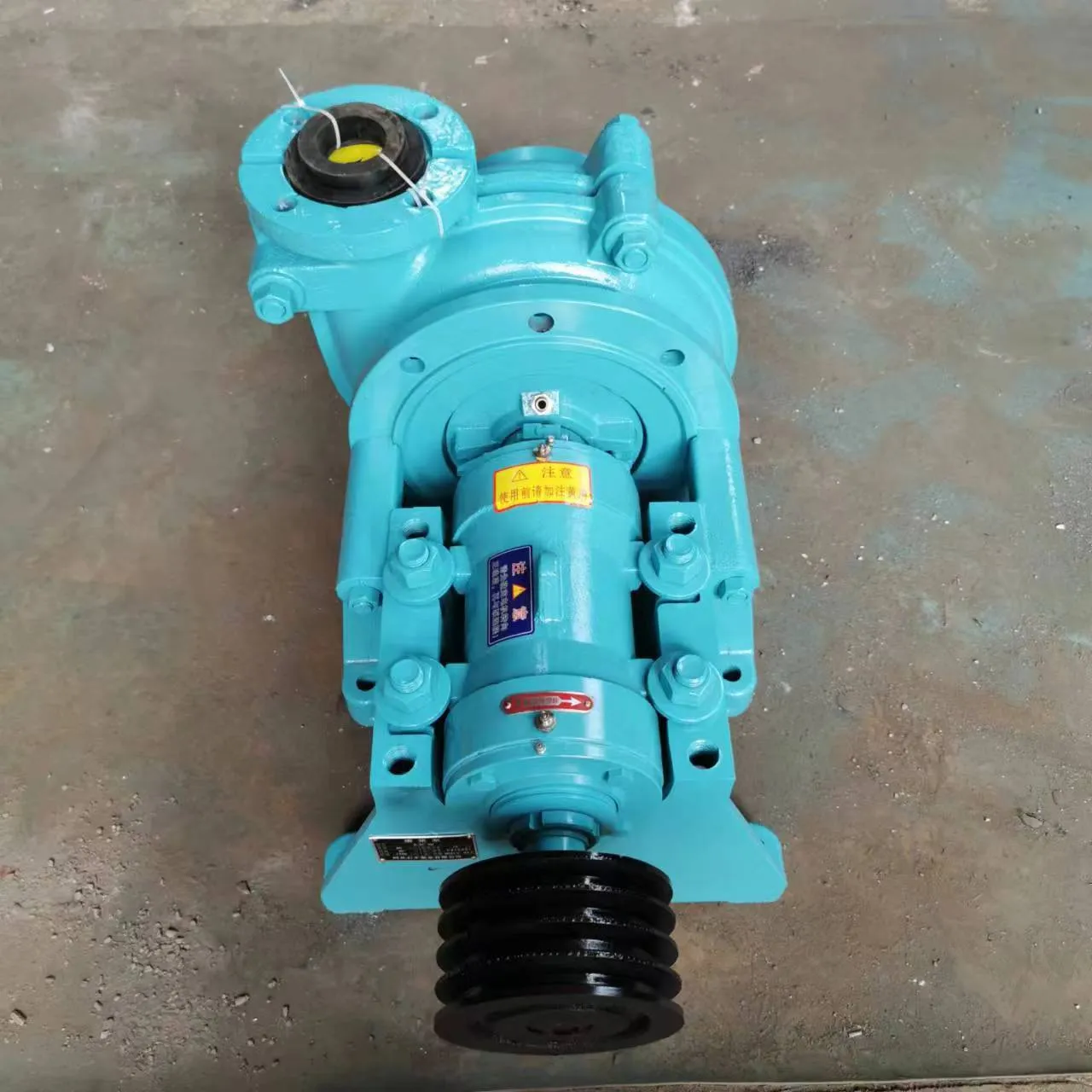English
- Afrikaans
- Albanian
- Amharic
- Arabic
- Armenian
- Azerbaijani
- Basque
- Belarusian
- Bengali
- Bosnian
- Bulgarian
- Catalan
- Cebuano
- Corsican
- Croatian
- Czech
- Danish
- Dutch
- English
- Esperanto
- Estonian
- Finnish
- French
- Frisian
- Galician
- Georgian
- German
- Greek
- Gujarati
- Haitian Creole
- hausa
- hawaiian
- Hebrew
- Hindi
- Miao
- Hungarian
- Icelandic
- igbo
- Indonesian
- irish
- Italian
- Japanese
- Javanese
- Kannada
- kazakh
- Khmer
- Rwandese
- Korean
- Kurdish
- Kyrgyz
- Lao
- Latin
- Latvian
- Lithuanian
- Luxembourgish
- Macedonian
- Malgashi
- Malay
- Malayalam
- Maltese
- Maori
- Marathi
- Mongolian
- Myanmar
- Nepali
- Norwegian
- Norwegian
- Occitan
- Pashto
- Persian
- Polish
- Portuguese
- Punjabi
- Romanian
- Russian
- Samoan
- Scottish Gaelic
- Serbian
- Sesotho
- Shona
- Sindhi
- Sinhala
- Slovak
- Slovenian
- Somali
- Spanish
- Sundanese
- Swahili
- Swedish
- Tagalog
- Tajik
- Tamil
- Tatar
- Telugu
- Thai
- Turkish
- Turkmen
- Ukrainian
- Urdu
- Uighur
- Uzbek
- Vietnamese
- Welsh
- Bantu
- Yiddish
- Yoruba
- Zulu
Telephone: +86 13120555503
Email: frank@cypump.com
Nov . 11, 2024 07:42 Back to list
slurry pump rubber
Understanding Slurry Pump Rubber The Essentials
Slurry pumps are specialized centrifugal pumps designed to transport mixtures of liquid and solid materials, commonly referred to as slurries. These pumps are crucial in various industries, including mining, metallurgy, and construction, where the movement of coarse particles is necessary. A significant component of slurry pumps is the rubber lining or components that offer durability, flexibility, and resistance to wear. In this article, we will explore the importance of slurry pump rubber, its properties, applications, and maintenance tips.
The Importance of Rubber in Slurry Pumps
Rubber serves as an essential material in slurry pumps due to its ability to withstand the harsh conditions present in slurry transportation. The nature of slurries can be abrasive and corrosive, which puts considerable strain on the pump’s internal components. A well-designed rubber lining offers numerous advantages
1. Wear Resistance Rubber is inherently resilient and can endure the abrasive nature of slurries, significantly extending the life of the pump components.
2. Corrosion Resistance Many slurries contain chemicals or impurities that can corrode metal components. Rubber provides a protective barrier, safeguarding internal parts.
3. Flexibility The flexibility of rubber allows it to absorb shocks and vibrations that occur during operation, reducing the risk of damage to the pump.
4. Cost-Effectiveness While the initial investment in high-quality rubber components may be higher, the long-term savings from reduced maintenance and longer pump life make it a cost-effective choice for operators.
Types of Rubber Used in Slurry Pumps
Several types of rubber compounds are commonly used in slurry pump applications, each with unique properties suited to specific conditions
1. Natural Rubber (NR) Known for its excellent tensile strength and elasticity, natural rubber is ideal for applications involving moderate abrasion.
2. Neoprene Rubber This synthetic rubber offers superior resistance to oil, chemicals, and aging. It is suitable for applications involving corrosive slurries.
3. SBR (Styrene-Butadiene Rubber) SBR is often employed for applications requiring good abrasion resistance. It is less expensive than natural rubber and performs well in a wide range of conditions.
4. EPDM (Ethylene Propylene Diene Monomer) Known for its high resistance to heat and weathering, EPDM is a suitable choice for pumps operating in extreme conditions.
slurry pump rubber

Applications of Slurry Pump Rubber
Slurry pump rubber finds application across various industries. Some key sectors include
- Mining and Minerals Moving ore and tailings requires robust pumps with durable linings to handle the abrasive nature of the material
.- Construction Slurry pumps are often used in concrete construction, where cementitious slurries need to be transported efficiently.
- Wastewater Treatment In the treatment of sewage and industrial waste, slurry pumps assist in removing solid waste materials while being resistant to corrosive chemicals.
Maintenance Tips for Slurry Pumps
To ensure the longevity and efficient operation of slurry pumps, regular maintenance is crucial. Here are a few tips
1. Regular Inspection Periodically check rubber linings and components for signs of wear, cracking, or degradation.
2. Proper Usage Ensure that the pump is operated within its specified limits, including pressure and temperature, to avoid excessive wear and tear.
3. Lubrication Keep joints and moving parts adequately lubricated to minimize friction and wear.
4. Cleaning Regularly clean the pump to prevent buildup of slurry residues that can affect performance.
5. Replacement Timely replacement of worn-out rubber components is vital to maintain efficiency and prevent failure.
In conclusion, slurry pump rubber plays a pivotal role in the efficient operation and longevity of slurry pumps. Understanding the significance, types, applications, and maintenance practices can help operators ensure optimal performance and reliability in the demanding environments where these pumps operate. Adopting proper practices not only prolongs the life of the pump but also enhances overall productivity and cost-efficiency in industrial operations.
-
ISG Series Vertical Pipeline Pump - Chi Yuan Pumps | Advanced Engineering&Industrial Efficiency
NewsJul.30,2025
-
ISG Series Pipeline Pump - Chi Yuan Pumps | High Efficiency, Energy Saving
NewsJul.30,2025
-
ISG Series Vertical Pipeline Pump-Chi Yuan Pumps|High Efficiency&Reliable Performance
NewsJul.29,2025
-
ISG Series Vertical Pipeline Pump|High Efficiency&Low Noise
NewsJul.29,2025
-
ISG Series Vertical Pipeline Pump - Chi Yuan Pumps Co., LTD.|High Efficiency, Energy Conservation, Low Noise
NewsJul.29,2025
-
ISG Series Vertical Pipeline Pump-Chi Yuan Pumps Co., LTD.|High Efficiency&Energy-Saving
NewsJul.29,2025










